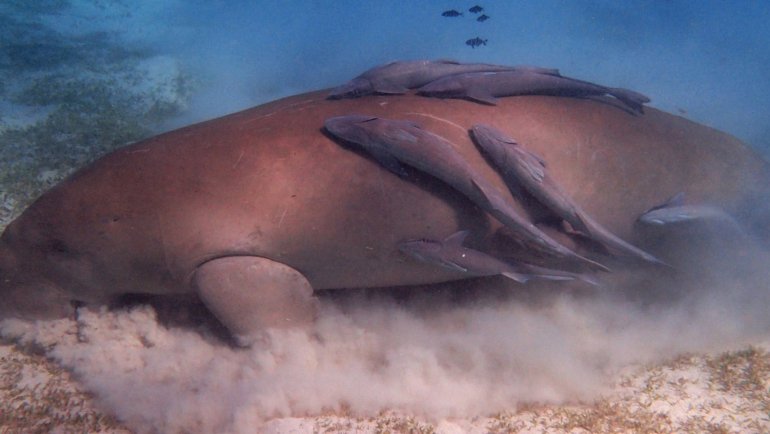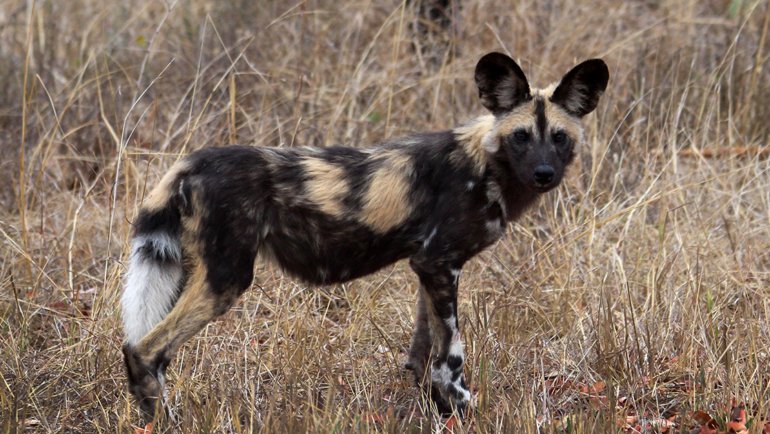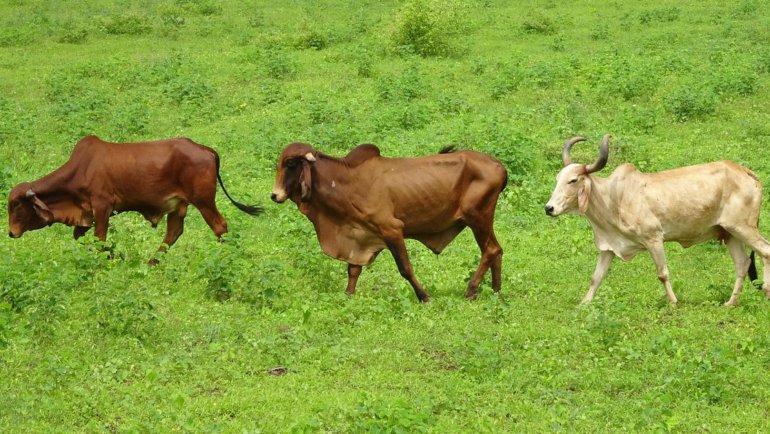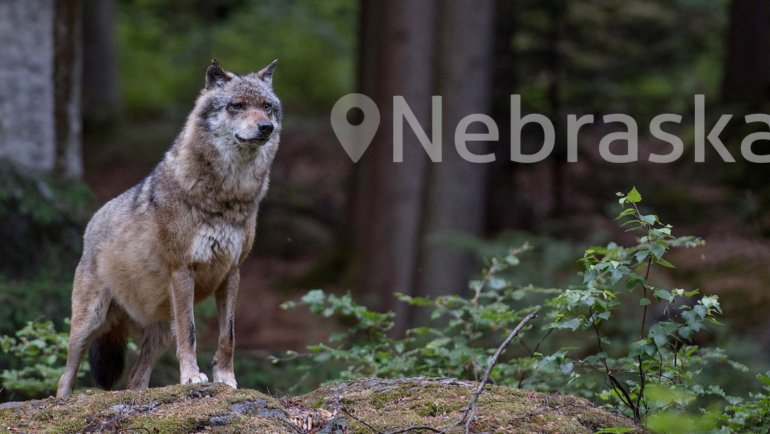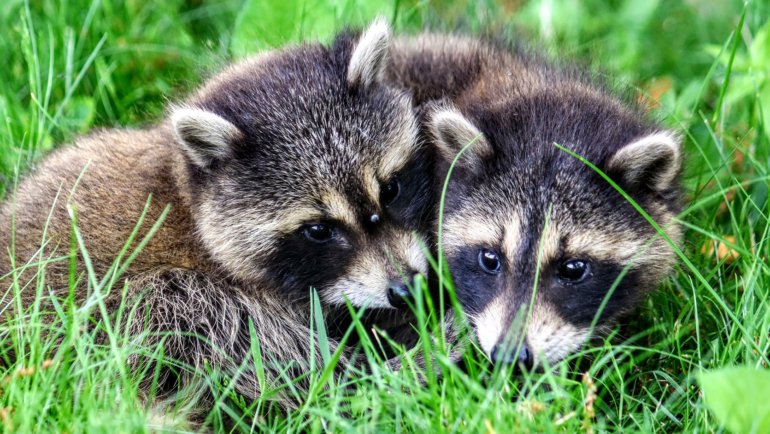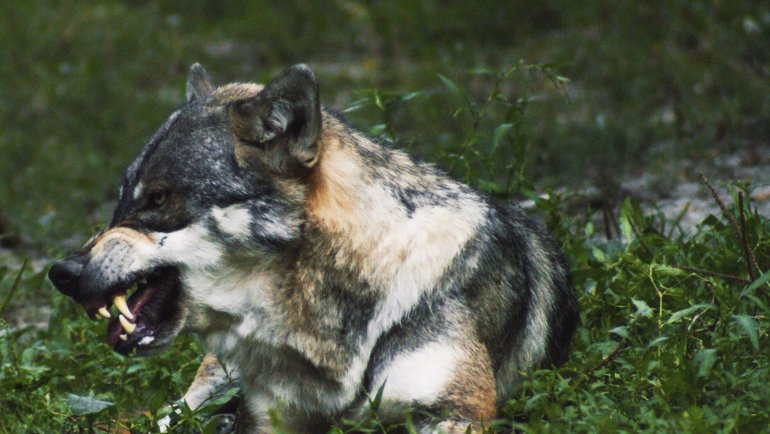The cheetah, renowned for its incredible speed and agility, is among the most iconic wild animals on the planet. Yet, beneath the allure of its prowess lies a sobering truth: the cheetah’s numbers have been in a consistent decline.
Once spread across vast regions of the world, these majestic cats now find their habitats shrinking and their populations dwindling. This article aims to shed light on the current status of the global cheetah population and the numerous challenges they face in their fight for survival.
Current Cheetah Population
Global Numbers and Distribution: Recent estimates indicate that there are between 6,700 to 7,100 cheetahs left in the wild, with the vast majority located in Africa.
Smaller populations can be found in parts of Iran, representing the Asiatic cheetah which is critically endangered with numbers estimated at fewer than 50 individuals. Some very recent announcements even suggest there are as few as 12 individuals left in the wild.
Comparisons with Historical Data: Historically, cheetahs were found throughout Africa, the Middle East, and parts of India. It’s believed that a century ago, their numbers were at 100,000. This drastic decline over a relatively short period underscores the urgency of their situation.
Differences in Populations Among Cheetah Subspecies:
- The South African or Southern cheetah (Acinonyx jubatus jubatus) boasts the highest numbers among the subspecies, with populations mainly in Namibia, Botswana, and South Africa.
- The Asiatic cheetah (Acinonyx jubatus venaticus), as previously mentioned, is critically endangered, with its tiny population in Iran.
- Other subspecies like the East African cheetah (Acinonyx jubatus raineyi) and the Northeast African cheetah (Acinonyx jubatus soemmeringii) also face considerable challenges.
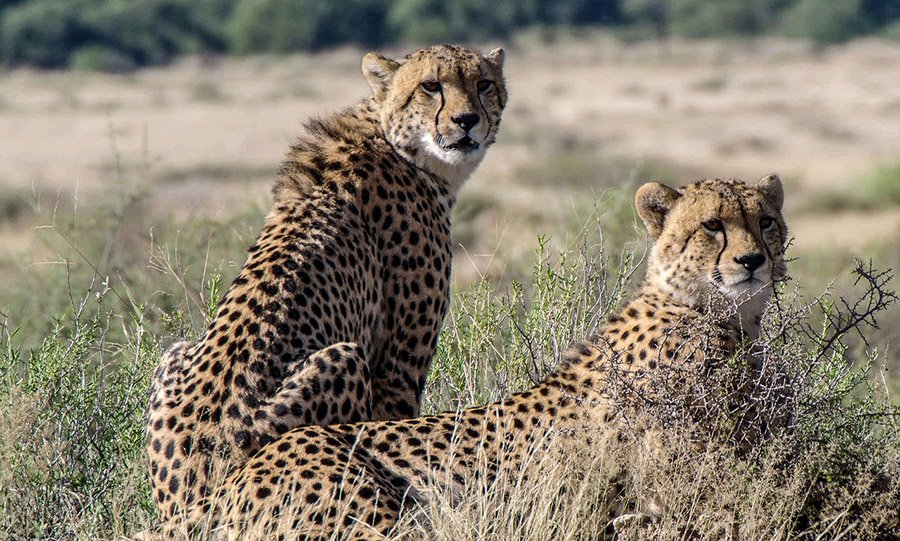
Why Are Cheetahs Endangered?
Habitat Loss and Fragmentation: Urbanization, agricultural expansion, and deforestation have led to significant habitat loss for the cheetah. Fragmented habitats mean cheetahs often come into contact with human settlements, leading to conflicts.
Human-Wildlife Conflicts: As cheetahs lose their natural habitats, they might prey on livestock, resulting in retaliation from farmers and communities.
Poaching and the Illegal Pet Trade: Cheetah cubs are particularly vulnerable to poachers who sell them in the illegal pet trade. Moreover, cheetah skins, though not as coveted as some other big cats, still find their way to black markets.
Loss of Prey: Overhunting and habitat destruction have reduced the populations of the animals cheetahs typically prey on. With fewer food sources, cheetahs struggle to sustain themselves.
Genetic Vulnerabilities: Due to a genetic bottleneck that occurred thousands of years ago, cheetahs have limited genetic diversity. This makes them more susceptible to diseases and reduces their reproductive viability.
Conservation Efforts
In-situ Conservation: Numerous conservation organizations are focusing on protecting cheetahs in their natural habitats. This includes setting up protected areas, working with local communities to mitigate human-wildlife conflicts, and implementing anti-poaching measures.
Ex-situ Conservation: Breeding programs in zoos around the world are working to ensure genetic diversity among cheetah populations. Some of these programs also focus on reintroducing bred cheetahs back into the wild.
Awareness and Education: NGOs, governments, and activists are investing in campaigns to raise awareness about the plight of the cheetah. This includes educational programs in schools, community outreach, and international media campaigns.
International Collaborations: Countries are coming together under international conventions, like the Convention on International Trade in Endangered Species of Wild Fauna and Flora (CITES), to curb the illegal trade of cheetahs and their parts.
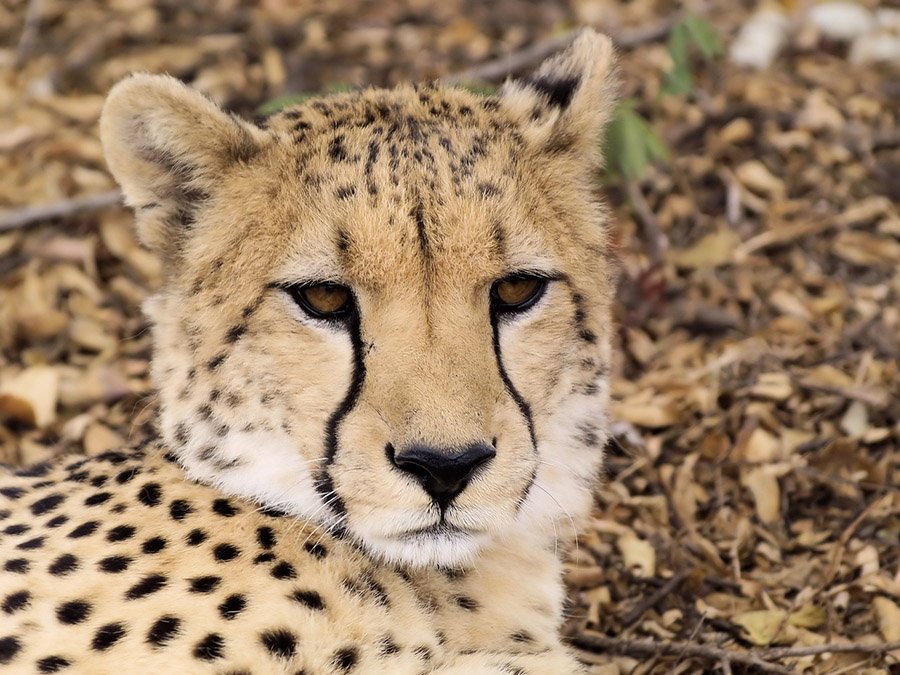
Final Thoughts
The cheetah’s rapid decline is a somber reminder of the fragile balance of our ecosystem. Their plight symbolizes the broader challenges faced by wildlife worldwide, in the face of rapid urbanization and changing landscapes.
Yet, with concentrated efforts, collaboration, and heightened awareness, there’s hope that the world’s fastest land animal won’t be running towards extinction. Protecting cheetahs isn’t just about saving one species; it’s about preserving the rich biodiversity of our planet.
Frequently Asked Questions
How has the cheetah population changed over the last decade?
Over the past decade, the cheetah population has seen a decline of approximately 10-15%, highlighting the urgent need for conservation actions.
Are there places where cheetah populations are increasing?
While the general trend is declining, there are certain protected areas in Africa where focused conservation efforts have stabilized or slightly increased cheetah numbers.
Why can’t cheetahs be relocated to areas away from human settlements?
Relocation can be a complex process. It requires ensuring that the new habitat has ample prey, lacks territorial rivals, and offers long-term protection from threats.
What is the primary reason for the decline of the Asiatic cheetah?
The Asiatic cheetah’s decline can be attributed to habitat fragmentation, poaching, and loss of prey, with less than 50 believed to be left in the wild, all in Iran.
How can communities co-exist with cheetahs without conflict?
Solutions include setting up predator-proof enclosures for livestock, community education on the ecological importance of predators, and compensation schemes for lost livestock.
Why are cheetah cubs particularly vulnerable?
Cheetah cubs face threats from other predators like lions and hyenas. Additionally, they are often targeted by poachers for the illegal pet trade due to their perceived ‘cuteness’ and rarity.
Other Articles to Learn More About Cheetahs
- Cheetah: Characteristics, Diet, Facts & More [Fact Sheet]
- How Many Babies Do Cheetahs Have? A Look Into Cheetahs’ Reproduction
- Cheetahs – 30 Fascinating Facts, Info & Pictures
- What is a Group of Cheetahs Called? Do They Always Live in Groups?
- How Long Do Cheetahs Live? All About Cheetahs’ Lifespan and Life Cycle
- What Eats Cheetahs? Here Are Their 5 Main Predators
- Can Cheetahs Climb Trees? A Detailed Answer
- Where Do Cheetahs Live? A Look at Cheetahs’ Habitat and Range
